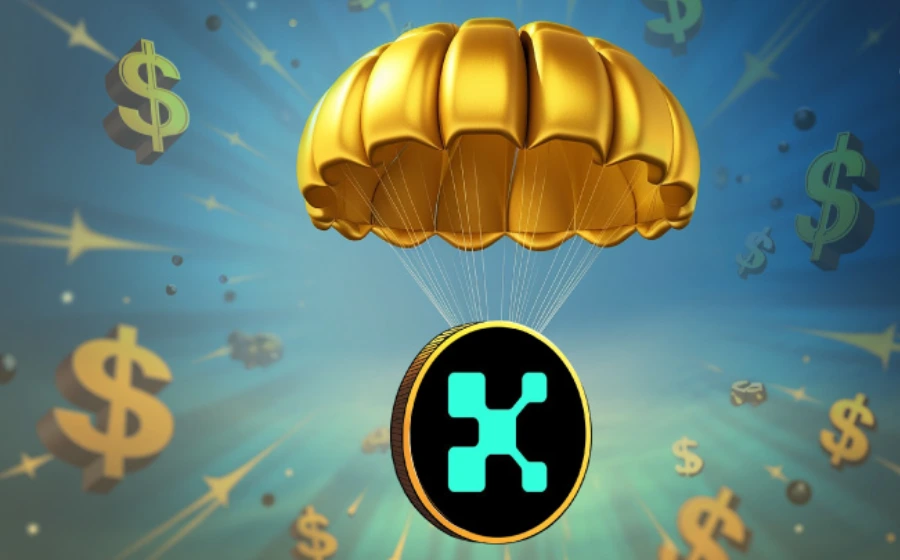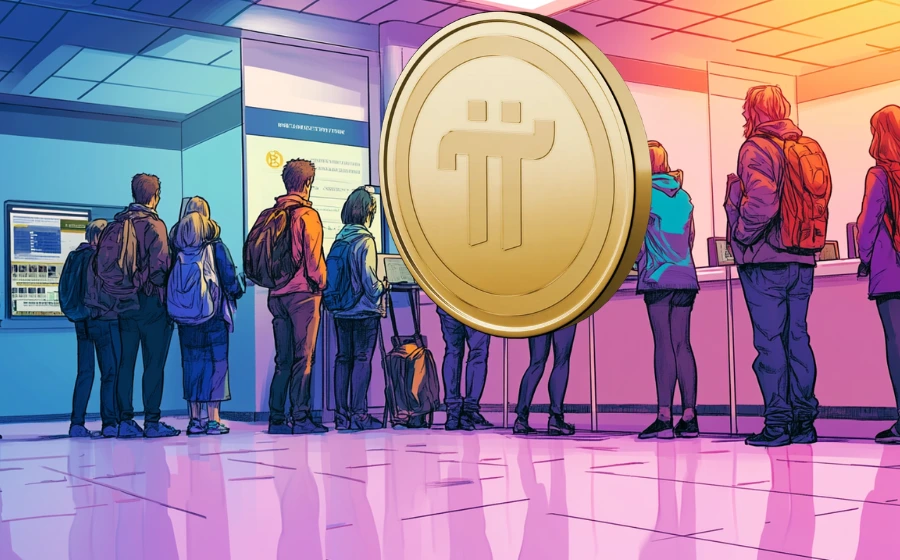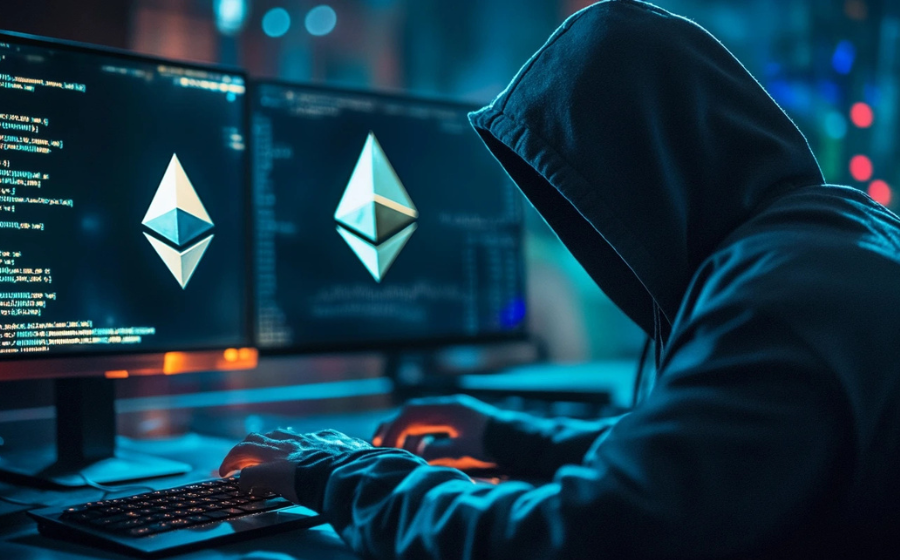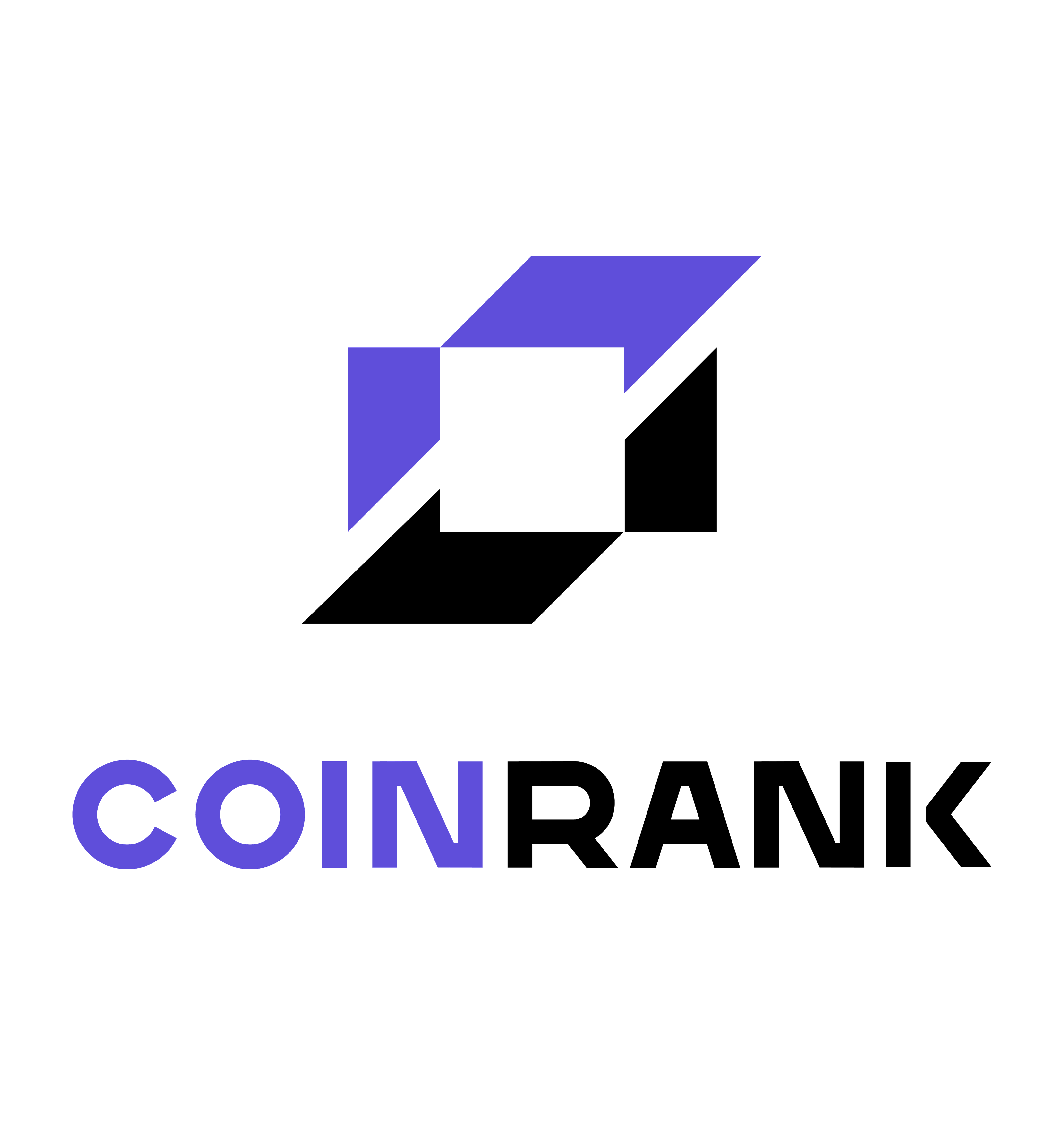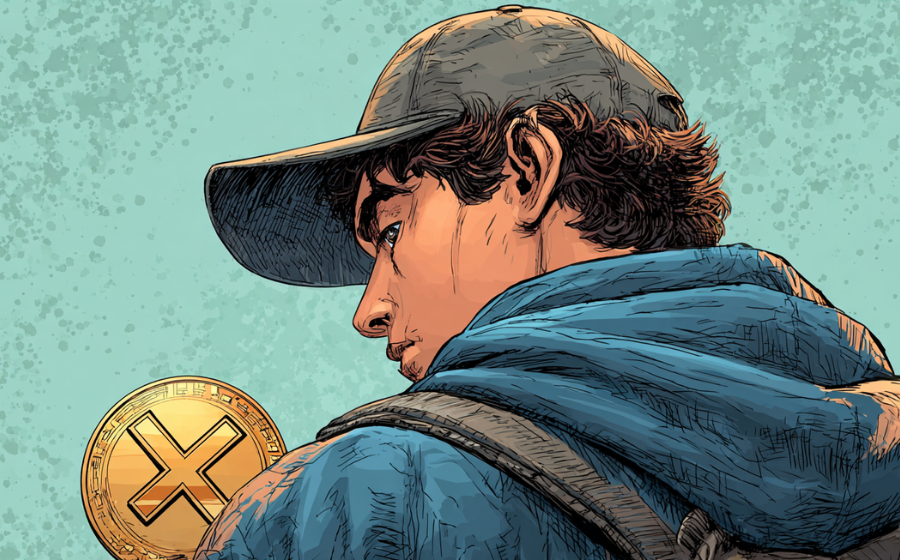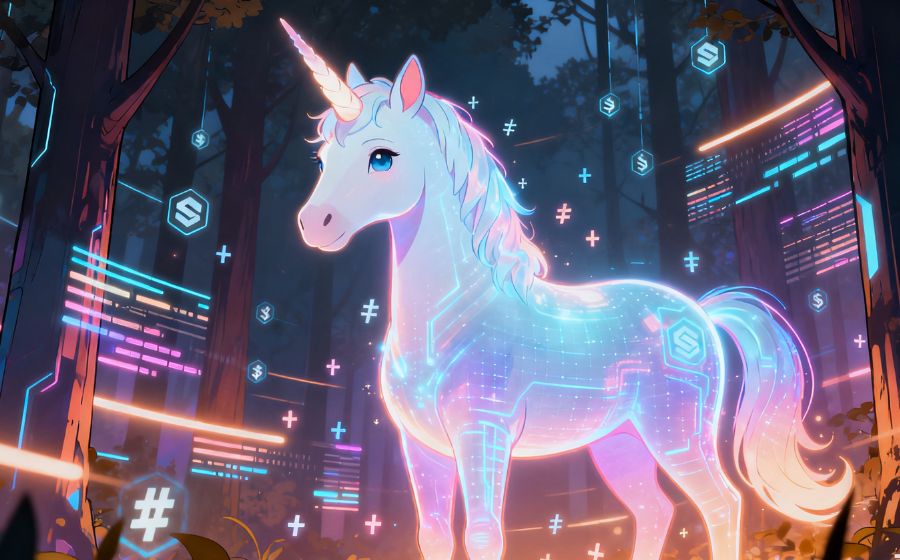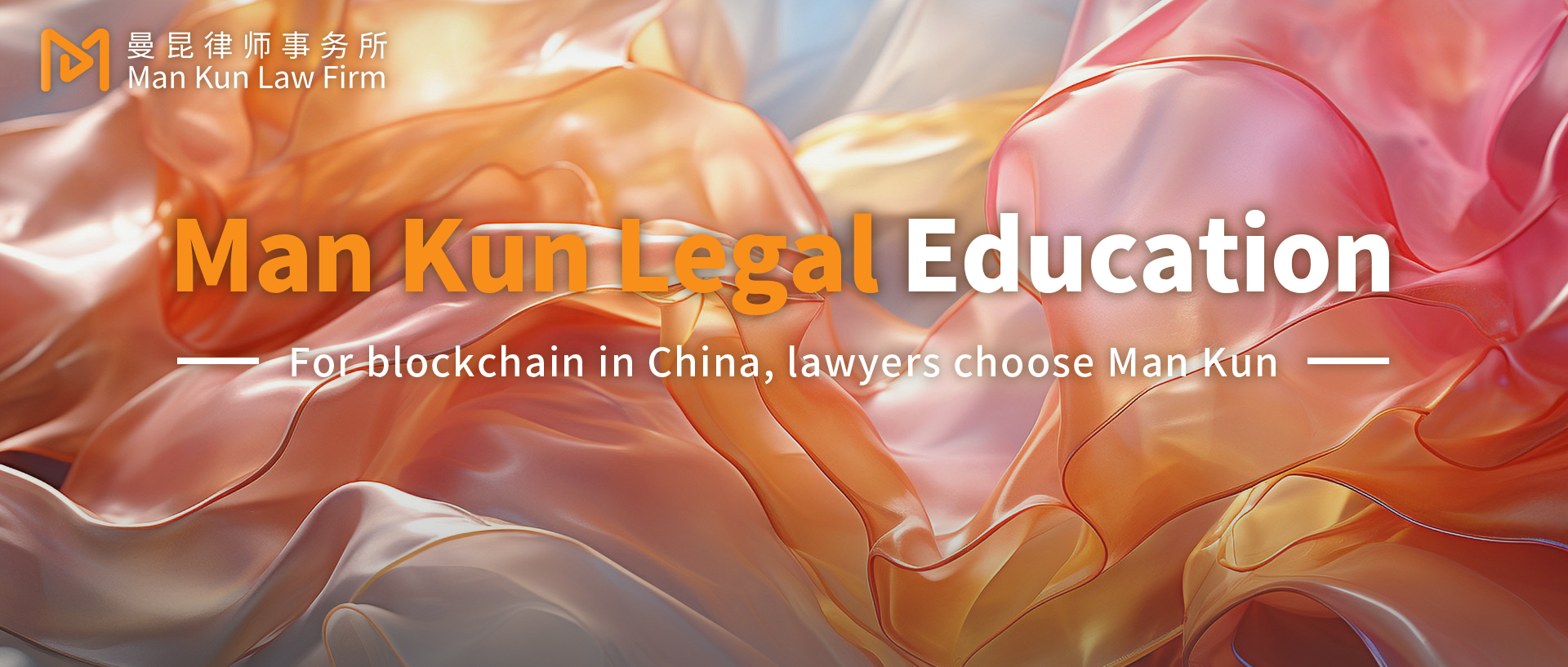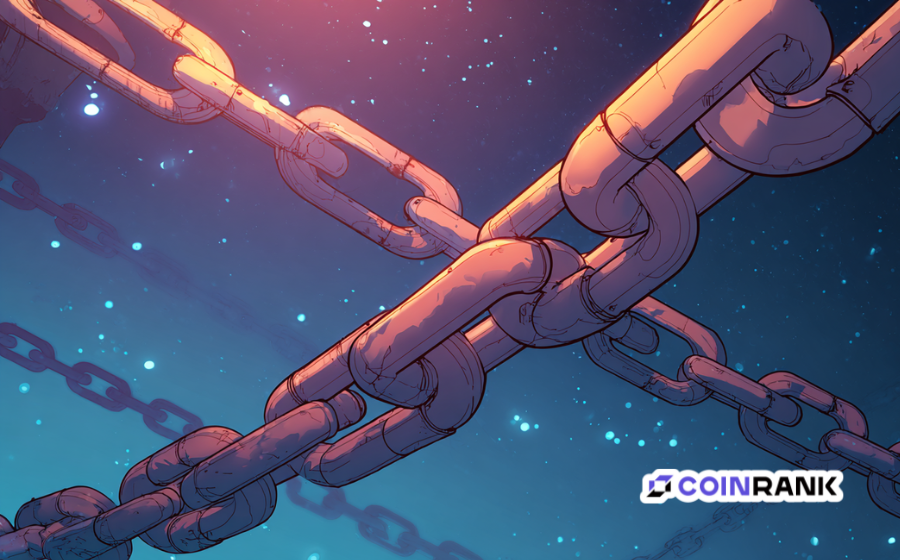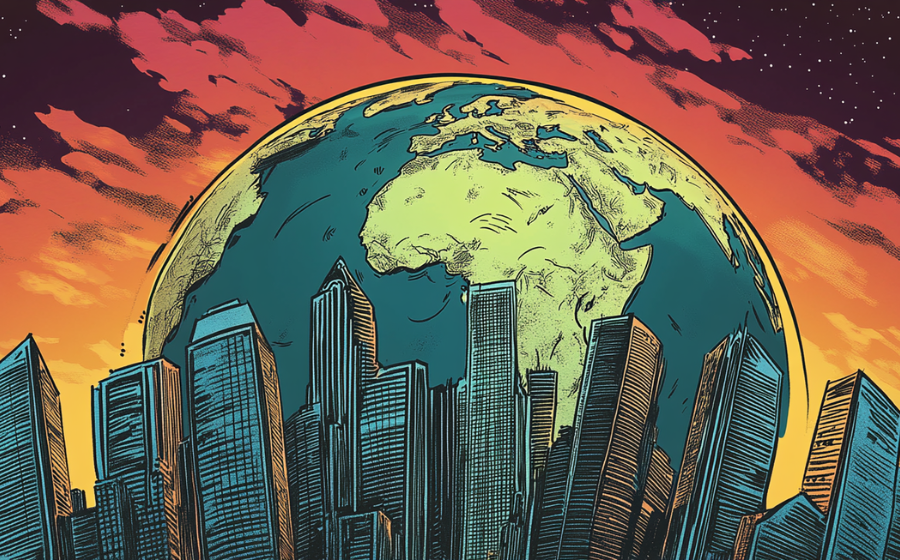
KEYTAKEAWAYS
- Global RWA market reaches $65 billion TVL with 800% growth, driven by institutional giants like BlackRock and JPMorgan entering tokenization.
- Hong Kong leads Asia's RWA innovation through regulatory sandboxes, enabling $100M cross-border financing for Chinese enterprises and infrastructure projects.
- Agriculture sector embraces RWA transformation, reducing trading costs by 40% while enabling small farmers to access global capital markets.

- KEY TAKEAWAYS
- GLOBAL CAPITAL SURGE: RWA ENTERS EXPLOSIVE GROWTH PHASE
- HONG KONG AND SHENZHEN: CHINA’S RWA DUAL-CITY STORY
- AGRICULTURAL REVOLUTION: FROM FIELDS TO BLOCKCHAIN VALUE
- COMPLIANCE EVOLUTION: FROM GRAY ZONES TO GLOBAL STANDARDS
- ORDINARY INVESTORS’ RWA OPPORTUNITIES: MINING GOLD IN THE FRAGMENTATION ERA
- CONCLUSION: VAST OPPORTUNITIES REQUIRE STEADY NAVIGATION
- DISCLAIMER
- WRITER’S INTRO
CONTENT
RWA tokenization explodes globally with $65B TVL growth. BlackRock, JPMorgan lead institutional adoption. Hong Kong pilots cross-border RWA financing. Agriculture and compliance drive mainstream adoption in 2025.

GLOBAL CAPITAL SURGE: RWA ENTERS EXPLOSIVE GROWTH PHASE
The year 2025 marks RWA’s transition from concept to reality. Real-world asset tokenization has become the primary battleground for global capital.
Exponential Growth: Global RWA total value locked (TVL) now exceeds $65 billion. This represents an 800% surge from 2023. Furthermore, Q1 alone added over $12 billion in new assets.
Institutional Giants Enter: BlackRock launched a $5.2 billion BUIDL fund that converts US Treasury bonds into programmable on-chain assets. Similarly, JPMorgan processes $5 billion in daily cross-border settlements through its Onyx platform, improving efficiency by 40%. Goldman Sachs has even introduced RWA-based credit default swaps for small and medium enterprises.
Sovereign Participation: Brazil tokenized Amazon hydroelectric facilities and raised $300 million in funding. The World Bank now promotes this model to developing nations. Meanwhile, the EU released the world’s first RWA compliance standards, unlocking €5 billion in market potential.
Data Confirms the Trend: Tokenized US Treasury market cap now exceeds $1.4 billion. Additionally, real estate on-chain trading volume has grown 300%. RWA is effectively reconstructing trillion-dollar physical assets through “digital twins.”
HONG KONG AND SHENZHEN: CHINA’S RWA DUAL-CITY STORY
Chinese enterprises are accelerating RWA cross-border exploration within compliance frameworks.
Hong Kong’s Regulatory Sandbox: Longsun Group partnered with Ant Chain to tokenize 9,000 charging pile assets. The project completed China’s first $100 million cross-border RWA financing and became one of four key cases in HKMA’s Ensemble project. Hong Kong implements “regulation as code” systems where all RWA projects must embed compliance smart contracts. Non-compliant projects face daily penalties of 2% revenue.
Shenzhen’s Digital Yuan Breakthrough: Shenzhen government completed the first $120 million state-owned land use rights RWA transaction. The deal used digital yuan for real-time on-chain settlement, compressing traditional land transaction cycles from weeks to hours.
Agricultural Innovation: Shanghai’s “Malu Grape” brand tokenized its geographical trademark and raised $10 million for smart agriculture upgrades. This became China’s first agricultural RWA project.
Industry Consensus: RWA opens dual channels for Chinese enterprises through overseas financing and asset activation. However, three barriers remain: legal property rights, cross-border compliance, and technical security.
AGRICULTURAL REVOLUTION: FROM FIELDS TO BLOCKCHAIN VALUE
Agriculture, a $2.7 trillion ancient industry, is gaining new life through RWA transformation.
West African Cocoa Renaissance: Platform AgriDex tokenized Nigerian cocoa beans, reducing trading costs from $1,125 to $660 per ton. Transaction time decreased from 65 to 40 days. NFTs bind origin and quality data while farmer financing efficiency improved 70%.
Fragmented Farmland Investment: Zambian farmlands have been split into millions of tokens. Global retail investors can now invest as little as $10 in “land fragments” and receive daily cultivation returns. Eastern European wheat connects directly to Asian buyers through on-chain contracts, reducing intermediate losses by 30%.
Technology Drivers: IoT devices collect real-time crop data while AI dynamically prices token returns. For example, solar farm tokenization projects offer 8.3% annual returns with fully traceable capital flows.
Key Value: RWA transforms agriculture from “weather-dependent” to “data-dependent.” Small farmers gain access to global capital markets for the first time.
COMPLIANCE EVOLUTION: FROM GRAY ZONES TO GLOBAL STANDARDS
Regulatory and technological synergy is paving the way for RWA legitimization.
US SEC Breakthrough: The SEC approved BlackRock’s $200 million RWA fund with requirements for strict disclosure of underlying asset parameters. This sets industry compliance benchmarks.
EU MiCA Act: The act mandates disclosure of 217 parameters including IoT frequency and audit reports. On-chain KYC/AML integration reduces money laundering risks significantly.
Singapore Licensing System: MAS approved the first RWA trading platform where gold and real estate tokenization trading reached S$800 million. The platform connects London and Dubai for global settlement networks.
Challenges Persist: The Polygon network suffered a $250 million art asset theft due to RWA platform vulnerabilities. This incident forced industry-wide upgrades to quantum-resistant encryption.
ORDINARY INVESTORS’ RWA OPPORTUNITIES: MINING GOLD IN THE FRAGMENTATION ERA
When blockchain shatters investment barriers, ordinary people can share trillion-dollar opportunities.
Low Entry Barriers: Fidelity Digital Assets launched $1 minimum RWA funds covering 12 asset classes including commercial real estate and clean energy. Robinhood launched 200 US stock tokens in the EU, offering 24/7 trading access.
Risk Hedging Tools: On-chain insurance protocol Nexus Mutual covers 17 risk types including smart contract bugs and asset destruction. Premiums are 40% lower than traditional insurance. Dynamic hedging strategies optimize RWA volatility risks.
Personal Asset Tokenization: Programmers tokenize software patents where fans share dividends. Musicians issue “copyright NFTs” and finance directly from listeners.
Survival Rules: Avoid “pseudo-RWA” with unclear underlying assets. Prioritize government-backed stablecoin assets like Treasury tokens. Use no more than 5% of assets for innovative projects.
CONCLUSION: VAST OPPORTUNITIES REQUIRE STEADY NAVIGATION
RWA’s essence isn’t technological celebration but rather the rebalancing of physical assets with the digital world.
BlackRock CEO Larry Fink predicts: “Tokenization will reshape all assets, but only compliant players will survive cycles.”
Tesla converts carbon credits into on-chain tokens while SpaceX splits satellite spectrum rights into tradeable fragments. We stand at the new financial era’s entrance. There’s no magic stone here—only microscopes. Those who examine underlying assets, follow regulatory guidance, and embrace technological change can navigate trillion-dollar blue oceans.
